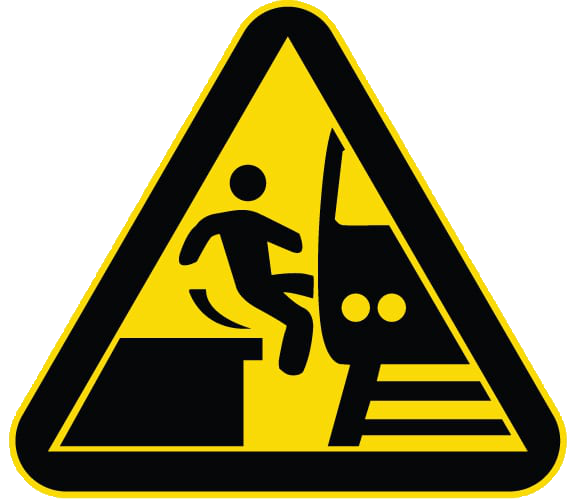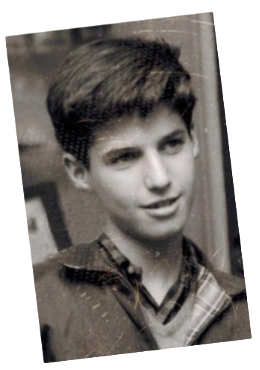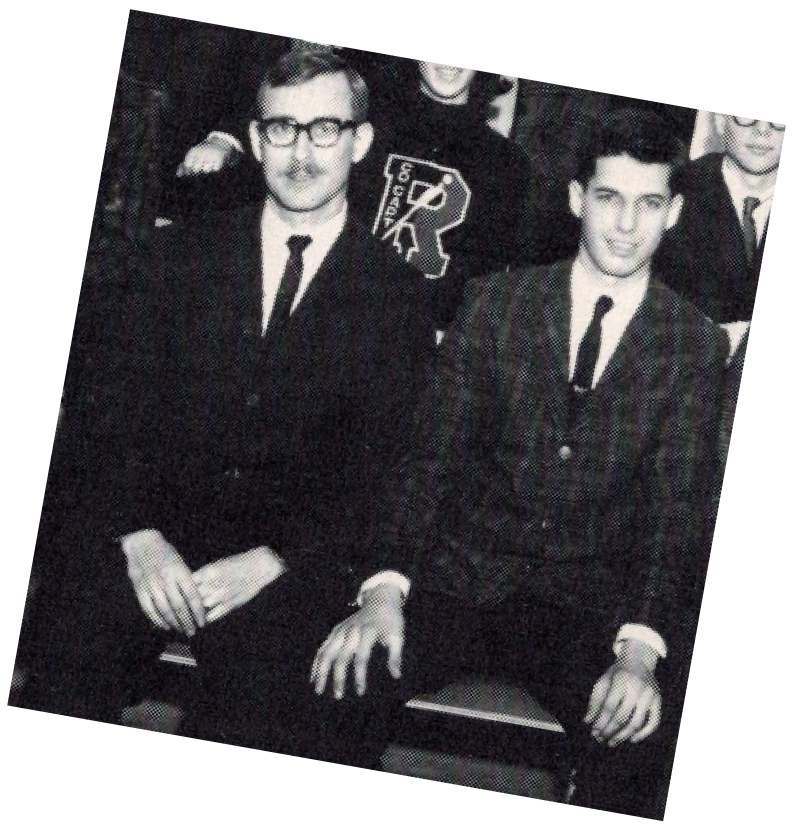
Miscellaneous
MY JOURNALISM JOURNEY
Mind the Gap
 Please stand clear of the doors. Mind the gap.
Please stand clear of the doors. Mind the gap.
I’m not talking about train doors and station platforms. This is about my journalism career. Navigating the workplace when one door closed and another opened.
Minding the employment gaps.
Come along for the ride.
PAPERBOY
My introduction to the job world was as a paperboy hurling copies of the Long Island Press onto doorsteps and porches in Far Rockaway, Queens.  The tools of the trade: a three-speed Ross bicycle (made in Rockaway Beach by homeboy Sherwood Ross) and a strong overhand.
The tools of the trade: a three-speed Ross bicycle (made in Rockaway Beach by homeboy Sherwood Ross) and a strong overhand.
It helped to have good aim. Errant throws were reserved for non-tipping customers.
Printer’s ink coursed through that young throwing arm. I may not have known it at the time, but I was joined at the hip with the newspaper business.
The Big Apple was journalism on steroids. The Queens-based Long Island Press competed with seven citywide dailies: the NY Times (“All the News That’s Fit to Print”), Herald Tribune (fit for Rockefeller Republicans), Daily News (“New York’s Picture Newspaper”), Daily Mirror (mirroring the News), World-Telegram & The Sun (legacy nameplates searching for an identity), Journal-American (blue-collar broadsheet), and NY Post (politically blue tabloid).
Dare I mention, the Wall Street Journal? Or the Staten Island Advance, Brooklyn Eagle, and Long Island’s Newsday? Or the myriad foreign-language and ethnic papers?
New York City readers did not lack for choices. In an age before cellular signals and WiFi newsfeeds, subway riders buried their faces in newspapers during the sardine journey to and from work.
None more so than Far Rockaway straphangers on the glacial 45-minute trip into and out of Manhattan. “FAR R’K’WAY–MOTT AV” was the Queens terminus of the A train. It also was the final resting place for discarded newspapers.
Some of those papers found their way into the Schwartz household for post mortem by its young son.
HIGH SCHOOL
Rising to the occasion, Far Rockaway High School—which educated two generations of my family—offered a journalism class for sophomores. It was taught by Earl Jagust, an impassioned English teacher known to stand on desks and chairs for solo enactments of Romeo and Juliet, delivered in a classroom with a footprint on the ceiling.
The ceiling embellishment did not amuse the school custodian, who applied a fresh coat of paint before the sophomore semester.
Disappointed, I asked Jagust about the missing footprint.
“What footprint?” he responded, walking in the direction of the classroom windows.
“Footprint?“ he repeated, as he grabbed a window pole. “Don’t know what you’re talking about.”
He then lifted his foot, removed a loafer, stuck it on the pole, jumped up on the radiator, and hoisted the pole over his head.
“Oh, you mean that!” he said, pointing to the markings of a shoe.
When the laughter died down, Jagust pivoted from entertainer to educator. In giant letters on the blackboard, he wrote Who? What? When? Where? Why? How?
“Now,” Jagust said to the class, “I want you to write a story about what just happened.”
And, with that, a reporter was born.
I joined the student newspaper, The Chat (hint: the faculty advisor wore loafers), and gradually ascended to sports editor—contributing an eponymous Sports by Schwartz.
Jagust set high standards for the paper. He encouraged free expression and left decision-making to the editors. He pushed back against interference by school administrators.
It was a winning formula: The Chat earned multiple First Place awards in the annual Columbia Scholastic Press Association (CSPA) competition.
When an editor learned that our mentor had a passion for the sport of fencing, he convinced Jagust to launch a team, which several of us joined. Coach Jagust’s Seahorses unseated the Public School Athletic League champion Brooklyn Tech Engineers, and our team captain was recruited by NYU’s three-time Olympic coach (recounted in Living by the Sword).

Mind the Gap
Part I: ➧ Beginnings
• Paperboy
• High School
Part II: College
• Michigan State
• Northwestern
• Peace Corps
Part III: Big & Small
• New York Post
• VW-XYZ
• GUIDEBOARD
Part IV: Nuts & Bolts
• Consumer Reports
• McGraw-Hill
Part V: Homestretch
• Homebridge
• Postscript